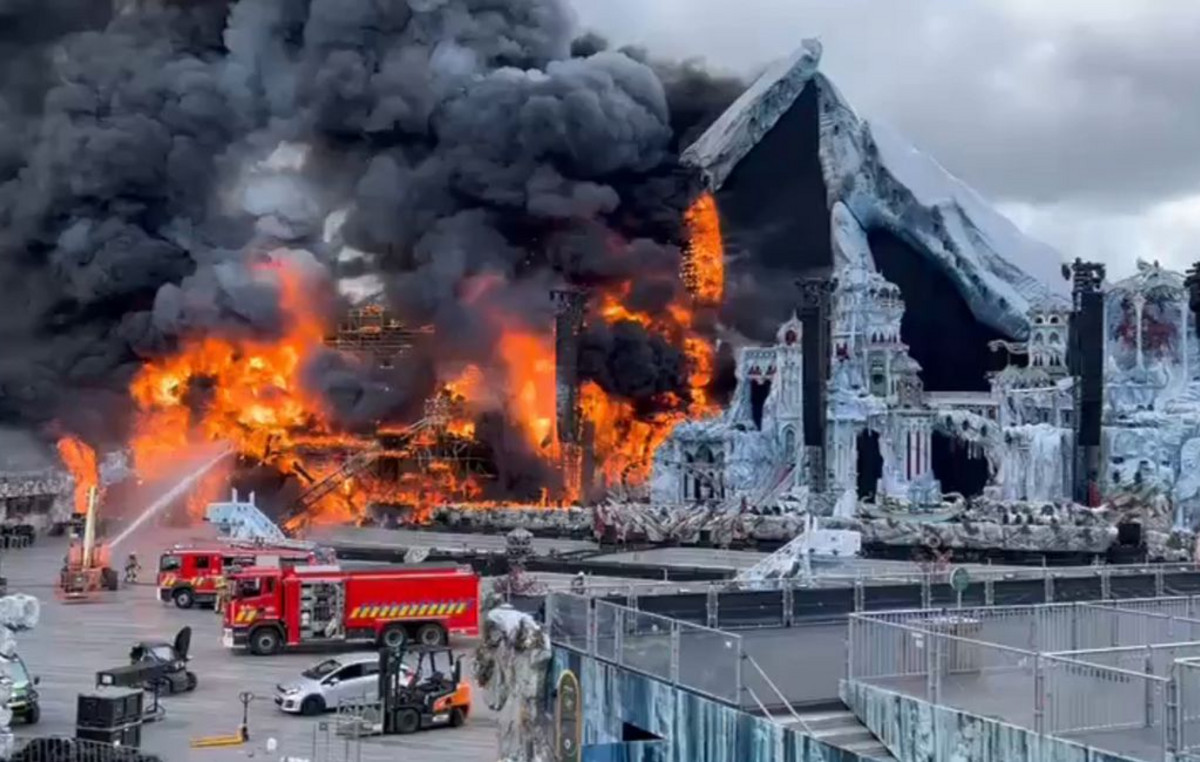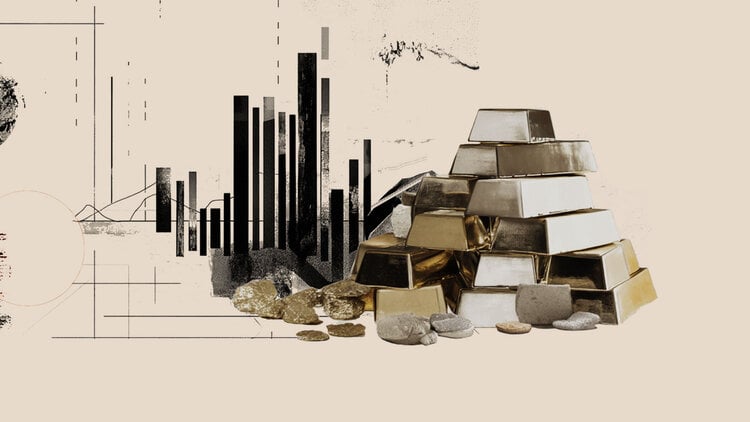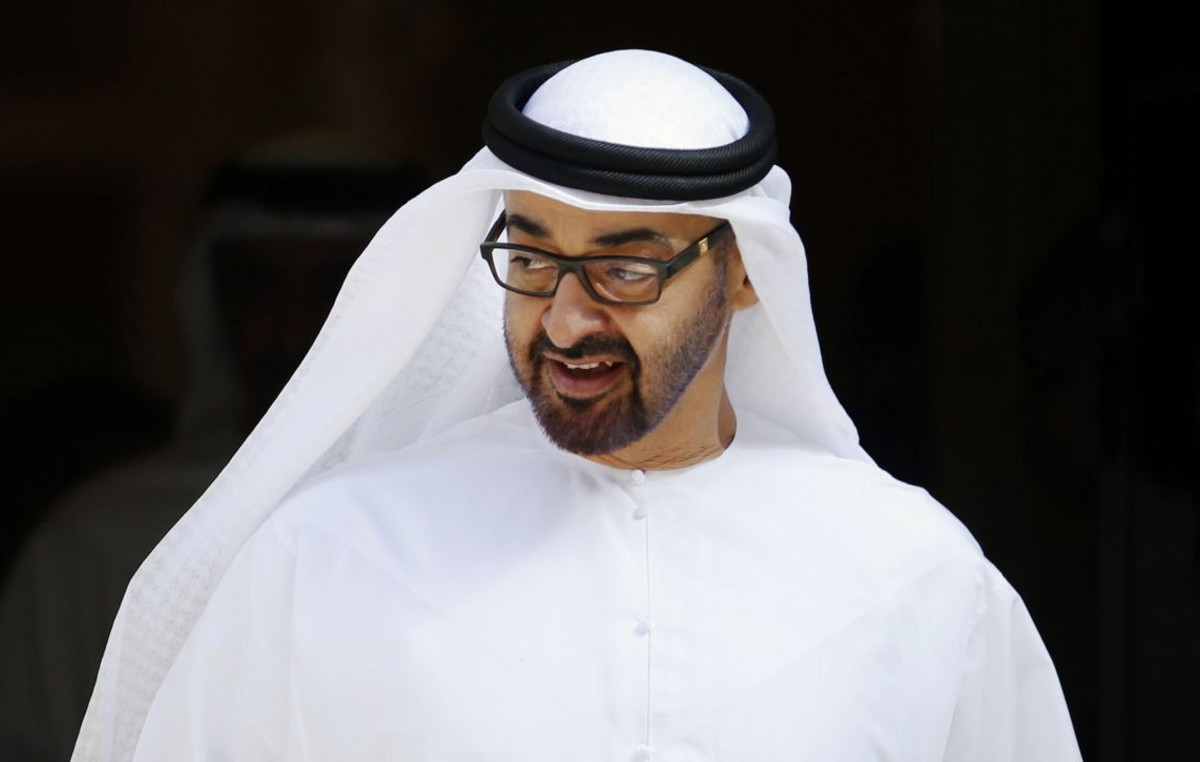The alarm over the security situation at the Zaporizhzhia nuclear power plant, the largest not only in Ukraine but in all of Europe, brings to mind the Chernobyl nuclear disaster of 1986.
The Zaporizhzhia nuclear power plant, located in the south, is one of four operating in Ukraine. This count does not include Chernobyl, located in the north of the country near Pripyat, which was closed after the 1986 explosion.
The Chernobyl plant had, at the time of the accident, four reactors, according to the World Nuclear Association. Zaporizhzhia, meanwhile, currently owns 6 of the country’s 15 reactors, according to the International Atomic Energy Agency (IAEA), and accounts for a fifth of Ukraine’s average annual electricity production, according to Energoatom, the country’s nuclear energy operator. . According to information available from the OECD, as of 7 August, only two of the six were operational.
After Russian troops occupied the Zaporizhzhia plant in March, fears of a possible nuclear accident were aroused and experts in the field were quick to play down concerns, warning that comparisons with Chernobyl were inadequate and clarifying that modern plants are significantly safer than older ones.
The construction of the Chernobyl plant started the development of nuclear energy in Ukraine, explains the World Nuclear Association. The first unit was commissioned in 1977 and unit number four in 1983. At the time of the 1986 accident, which occurred as part of a failed safety test, two more units were still under construction.
In the case of Zaporizhzhia, the first unit to operate began in 1984, according to official information, and the remaining five that make up the complex continued to be inaugurated successively, the last one in 1995.
The reactors, the main difference between Zaporizhzhia and Chernoby
Chernobyl used Soviet-era reactors known as RBlMKs that were graphite-moderated. The Zaporizhzhia plant, on the other hand, has pressurized water-cooled reactors known as the VVER model.
“The VVER design is inherently safer and more secure than RBMK systems,” Jon Wolfsthal, a senior adviser at Global Zero and former director of arms control and non-proliferation at the National Security Council, explained in March on Twitter.
“A VVER reactor cannot ”run away’ like the RBMK could,” Malcolm Grimston, an honorary researcher at the Imperial Center for Energy Policy and Technology in London, told the Science Media Center (CMC).
For that reason, in March, experts ruled out that there could be a Chernobyl-like explosion that caused radioactive fallout across Europe and exposed millions of people to dangerous levels of radiation in the 1980s.
A modern reactor’s pressure vessel “is very robust and can withstand considerable damage from phenomena such as earthquakes and, to some extent, kinetic impacts,” said Robin Grimes, professor of materials physics at Imperial College London, although “it is not is designed to resist” explosive weapon attacks.
containment structures
Unlike what happened at Chernobyl, each reactor at Zaporizhzhia is “enclosed in a pressurized steel vessel, which in turn is housed inside a huge reinforced concrete containment structure,” explains an article in the journal Nature.
Koji Okamoto, a nuclear safety researcher at the University of Tokyo, said that “the containment structure may have resistance to normal weapons.”
What Fukushima Taught
Even if a reactor explosion was highly unlikely, further incidents could occur as a result of bombs or fires at the site, experts warned in March.
“It’s really the electrical and plumbing that’s a concern,” Joseph Cirincione, a member of the Quincy Institute for Responsible Statecraft, told CNN in season.
Electricity at Japan’s Fukushima plant was cut off during the 2011 nuclear disaster, while the reactors remained intact. “This meant that it was no longer possible to pump cooling water through the reactors or the cooling ponds,” said Cirincione.
Security concerns reach a tipping point
Fears about the safety of the Zaporizhzhia nuclear power plant have been growing, however, reaching a tipping point days ago when bombings damaged a high-voltage line and forced one of the plant’s reactors to shut down, despite no leaks. been detected.
After the attack, Energoatom said Russian artillery fire damaged a nitrogen-oxygen station and an auxiliary building. Russia, in turn, accuses Ukraine of attacking the area.
IAEA Director General Rafael Mariano Grossi was alarmed, saying the bombing highlighted “the very real risk of a nuclear disaster that could threaten public health and the environment in Ukraine and beyond”.
“Unfortunately, rather than de-escalation, there have been reports in recent days of other deeply concerning incidents which, if continued, could lead to disaster,” UN Secretary-General António Guterres said in a statement. “I call for the removal of any military personnel and equipment from the factory and to prevent any further deployment of forces or equipment to the site.”
Who is in control of Zaporizhzhia and Chernobyl now?
Zaporizhzhia is under the control of Russian forces who have taken over the site, although Energoatom personnel continue to operate the facility. It is under “extremely stressful conditions”, according to the OECD, while the nuclear safety regulator said it is no longer in a position to monitor conditions.
The IAEA said it was urgent to allow a mission of experts to be sent to the field, a situation that Presidents Volodymyr Zelensky and Emmanuel Macron discussed on Tuesday.
The situation in Chernobyl is different. At the end of February, during the first week of the war, the plant and the surrounding territory fell into the hands of Russian troops. In late March, Ukraine reported that the Russians had left the area.
Putin’s interest in this operation, according to experts who spoke at the time, was mainly linked to its location: the Chernobyl Exclusion Zone is in the middle of the most direct route from the Belarusian border, where one of Russia’s main attacks was launched, to Kiev. . This geographic location had already prompted the Ukrainian government to send troops to the site in early February, expecting an attack.
With input from Rob Picheta, Yulia Kesaieva, Olga Voitovych, Sana Noor Haq, Joseph Ataman, Germán Padinger and Nathan Hodge of CNN.
Source: CNN Brasil
I’m James Harper, a highly experienced and accomplished news writer for World Stock Market. I have been writing in the Politics section of the website for over five years, providing readers with up-to-date and insightful information about current events in politics. My work is widely read and respected by many industry professionals as well as laymen.







